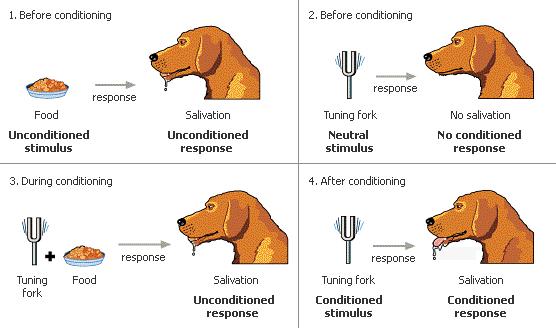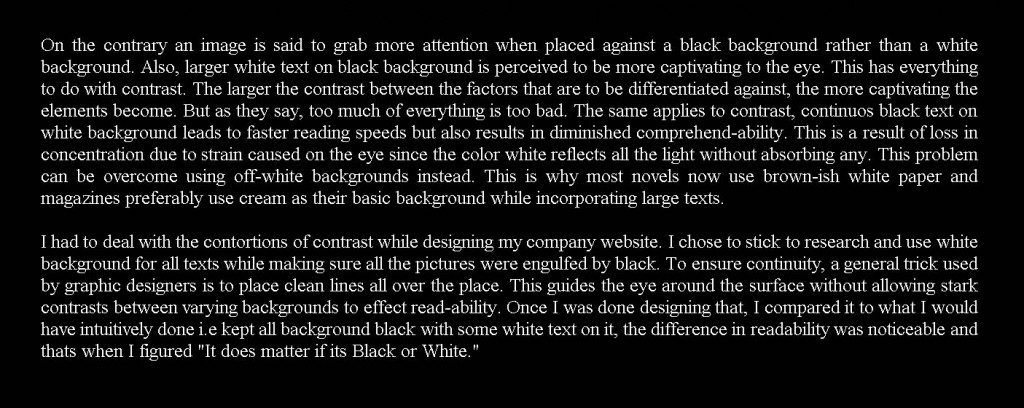Well just this week we have all had our presentations for the marketing course. Personally, I was extremely happy with how our presentation went, this was not cause my group was really good (which it was!) but because together we came up with really interesting and feasible ad – campaign solutions.
We talked about Unilever`s Dove brand, recommended that they invest time and money into creating a specific product that appeals to the younger generation of women. We basically wanted them to package their product in such a way, that allows them to become the axe of the female category, not necessarily vulgar and sexy but more on the lines of sweet and sexy. We created an interesting package, with bright colors to attract the attention of the youth within us, cause personally its light, boring and highly repetitive package of dove is not that appealing, also the smooth outer exterior doesn’t allow for any grip especially with soapy hands. To battle that we added a hook, and a more curved features to allow for better grip.
Heres the package I created, Made it into a poster form for the presentation. Im glad the controversial yet funny tag line went un-questioned
Also, when I wanted to create a good solution to the existing package, I analyzed a few of their existing packages, being a Dove men + Care user I had to jot down my experiences with that packages, sort out any problems that I had with it, then, I had to fix them. I mostly used the product after swims in the highly chlorinated UBC swimming pool, so I had to carry this bulky dull colored blob of a product just to wash my almost non existent hair, sometimes all the effort wasn’t worth it! Keeping this in mind, while researching product design and carefully considering options, it makes sense for Dove to produce slightly smaller packages made of Post consumer recycled plastic [ the same thing toothpaste packages are made of ] which would not only make the package more portable but perhaps reduce costs considering the current packages are of hard plastic. This would also reduce wastage of the product, since you can squeeze the living juice out of a toothpaste tube, do the same with shampoo.
These additions could possibly lead to a successful venture into this segment. I sincerely hope similar ideas have already been considered and discarded because of really good reason. It would be interesting to know their take on this suggestion.
.










